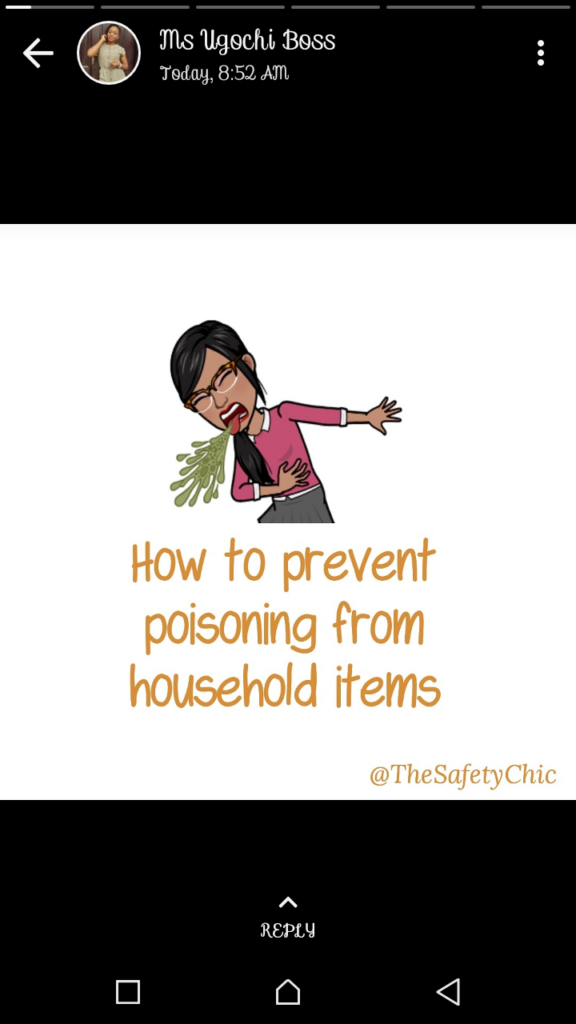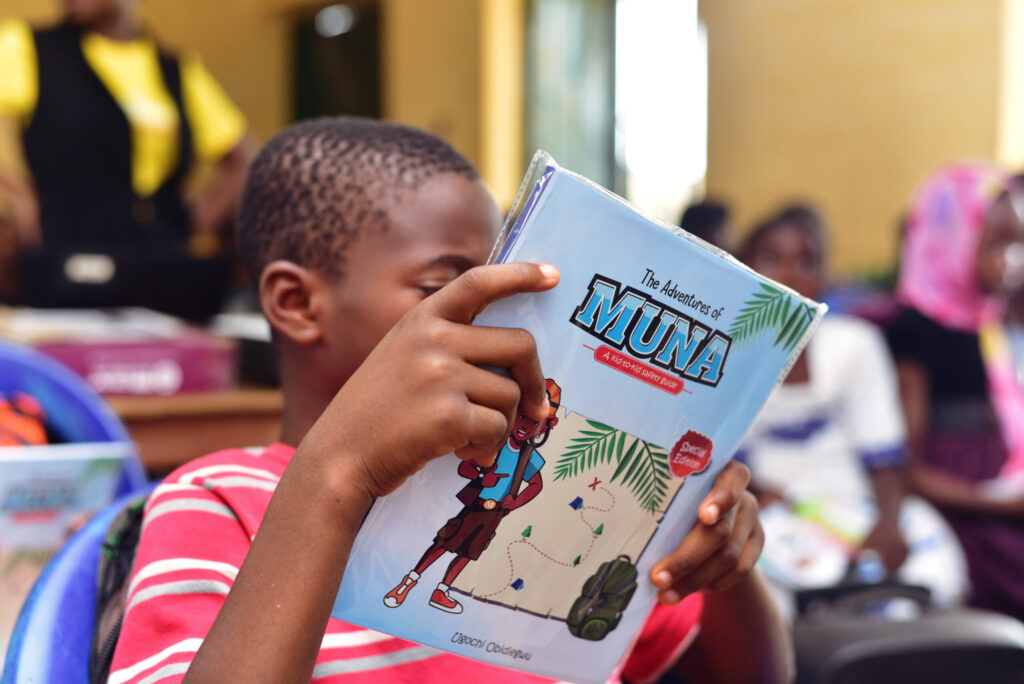
Picture Credit: @safekidsnigeria on Twitter
Children have to carry backpacks to school. If proper measures aren’t put in place, we have cases of injuries arising from these heavy backpacks. Children carry these backpacks twice a day and five days a week. If they do not have a means of transportation, that means they spend a longer time carrying those heavy bags.
This affects their posture so instead of standing up right, there is a forward head posture. This makes their necks extended for long periods leading to neck and shoulder pain. This posture change leads to pain in the lower back because the body is trying to compensate. The knee also because of change in the walking pattern.
According to the American Occupational Therapy Association, a student’s back pack should not weigh more than 15 percent of his body weight. A 100-pound student’s book bag should not weigh more than 15 pounds.
When choosing backpacks we should:
Choose bags that are made of lighter material
Choose backpacks with both straps. Children should be encouraged to strap backpacks on both shoulders not on just one shoulder. A heavy backpack worn over one shoulder might cause your child to lean to one side, causing their spine to curve and causing them pain.The straps should be tightened so that the pack is worn high on the back, not hanging low, covering the waist.

Picture Credit: http://www.scoliosishope.com/blog
Choose moderately sized backpacks. The length should be the torso of the child not oversized or undersized
Choose back packs with different compartments. Content of bags should be distributed across all compartments so that weight is evenly distributed
Finally, as much as possible children shouldn’t carry heavy backpacks daily. t is recommended that children carry no more than 10% of their body weight in the backpack. Books not in immediate use can be kept in school lockers or at home.



